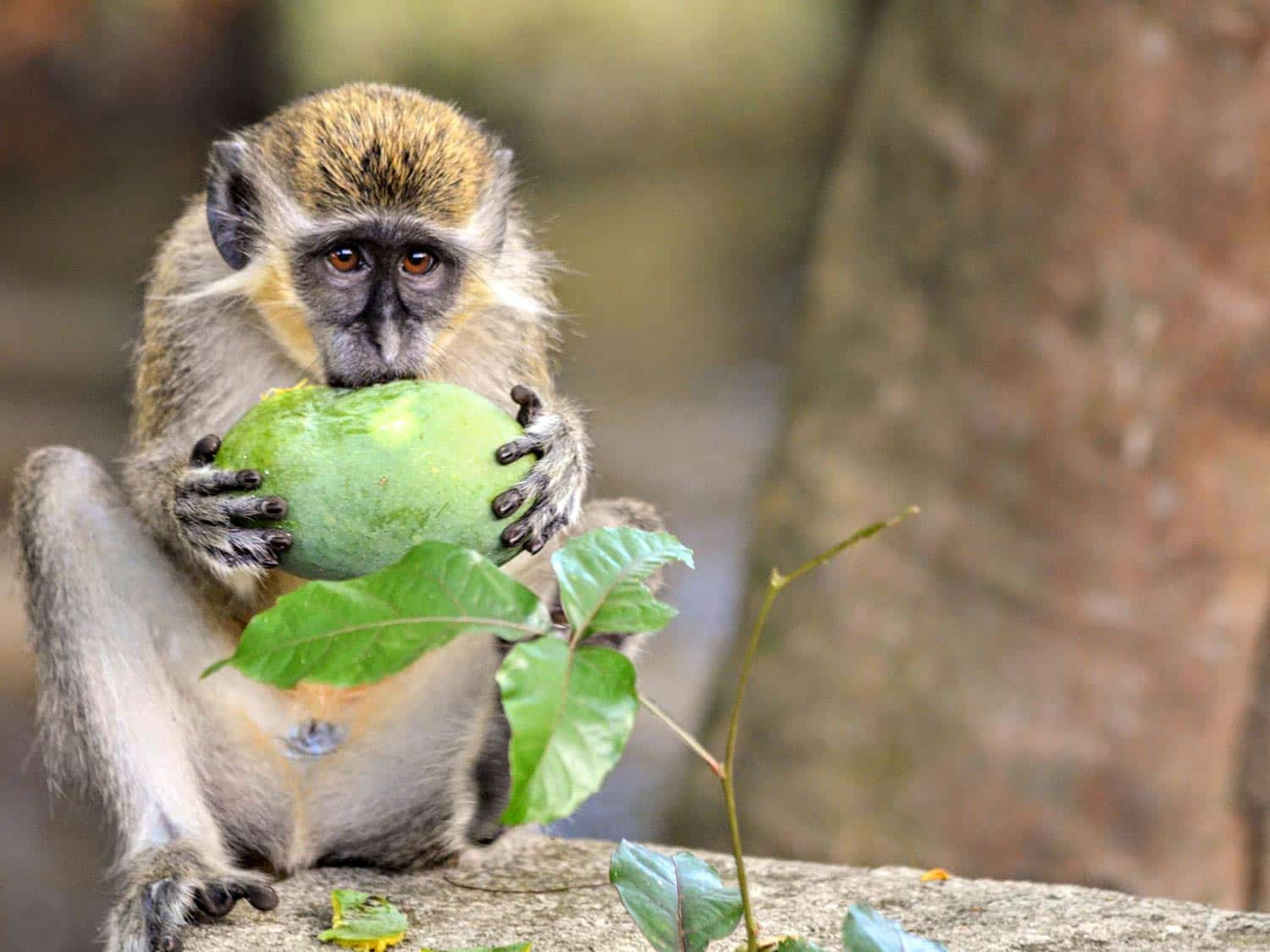7 Reasons To Visit The Islands Of The Southern Caribbean
Nature, adventure, and flavorful food await travelers beyond the more popular playgrounds.
From arid and windy to lush and mountainous, the islands of the Southern Caribbean—namely, Aruba, Bonaire, Curacao, Barbados, St. Lucia, Grenada, St. Vincent & the Grenadines, Dominica, and Martinique—have a wide range of experiences to offer. And yet apart from Aruba, Barbados, and St. Lucia, they are often overlooked by U.S. travelers.
Here are seven reasons why they shouldn't be, from their incredible scenery and nature-centric adventure to to their colorful culture and flavorful food scenes.
Natural beauty and adventure
Landscapes in the Southern Caribbean run the gamut from arid and desert-like to lush and tropical, and if you prefer the latter it's hard to beat the beauty of St. Lucia, Grenada, and Dominica. All three islands are verdant, mountainous, and perfect for anyone seeking back-to-nature adventure.
St. Lucia is home to the Pitons, a pair of UNESCO World Heritage Site volcanic peaks—Petit Piton at 2,438 feet and Gros Piton at 2,619 feet (that latter can be hiked to enjoy stunning views)—that tower over tranquil Jalousie Bay, as well as Sulphur Springs, a "drive-in volcano" offering odiferous mud baths, and Diamond Falls Botanical Gardens, where the mineral-laced water of the waterfall changes color.
Mountainous Grenada, whose tallest peak, Mt. Saint Catherine, reaches 2,756 feet, offers energetic visitors hiking trails for all fitness levels amid the waterfalls, large lake and towering mahogany trees of Grand Etang National Park.
Dominica, at just 290 square miles, is home to both natural hot springs and lush rainforests, making it a paradise for nature-loving hikers. Visit Morne Trois Pitons National Park to see 213-foot Trafalgar Falls and the steam-covered Boiling Lake.
The colorful culture
Caribbean culture is by nature colorful—think feather-and sequin-embellished costumes at Carnival time, pastel-hued wooden houses, magenta bougainvillea, and brightly hued artwork—and it all seems especially vibrant on the islands of Martinique and Curacao.
Martinique, a French island that has been shaped by West African and Indian traditions into a Creole melting pot, is known as a place where multicolor madras fabrics mix with pink Provencal rosé and curry-flavored seafood dishes.
Dutch culture on Curacao is evident in its architecture—especially in the rainbow of 16th and 17th century colonial buildings in its capital Willemstad—and to an extant in its cuisine, which thanks to its blend of African, Latin, and Jewish influences features some of the heartiest dishes in the Caribbean. Don't miss keshi yena (stuffed cheese casserole), stoba (beef stew), and bitterballen (Dutch meatballs).
Golf courses, spas, and other grown-up activities
If teeing up in paradise is your passion, choose from five PGA-standard courses in Barbados—including Royal Westmoreland and Sandy Lane Green Monkey—and two in Aruba: Tierra del Sol and The Links at Divi Aruba, the latter of which is home of one of the Caribbean's best golf teachers.
Afterwards, relax with a tropically inspired massage at your resort—most properties on both islands have one—and if you have the stamina to continue and check out islands' nightlife, check out the live music in St. Lawrence Gap in Barbados or one of the dozen casinos on Aruba.
The vibrant wildlife
Only four islands in the Caribbean are home to wild monkeys and two of them—Grenada and Barbados—are in the Southern Caribbean. Brought to the region from Africa as pets in the 17th and 18th centuries, the Mona monkey inhabits the forests of Grand Etang National Park in Grenada, while the Green Vervet monkey (also found on St. Kitts and Nevis) favors the woodlands around St. John, St. Joseph, St. Andrew, and St. Thomas parishes on Barbados.
Turtle lovers can snorkel with several species just offshore in Barbados, while birders are in luck in Grenada, home to 160 species. And you don't have to be an ornithology geek to appreciate the visual splendor of a flock of pink flamingos; you can see thousands of them at the Pekelmeer Flamingo Sanctuary on the salt pans of Bonaire or book a stay at the Renaissance Aruba Resort & Casino to get a close-up view of a few dozen, which inhabit its private island.
The low-key vibes
Looking for an island that cruise ships don't visit, a place with a pace that's so relaxed you're apt to forget what day it is—and perhaps even what year? Consider one of these three mellow islands: Bonaire, if your leisurely passions include diving and snorkeling; Dominica, if you'll be happy hiking and tropical gardens; and the Grenadines, if your fantasy vacation involves a stay on a private island—this island chain is home to three: Petit St. Vincent, Palm Island, and Young Island.
Those glorious beaches
Yes, the Southern Caribbean is home to some pretty spectacular beaches, which is, after all, one of the top reasons people travel here. Some of them—including Palm and Eagle beaches on Aruba, Crane and Bottom Bay beaches on Barbados, and Sandy Island on Carriacou and Macaroni Beach on Mustique in the Grenadines—often land on lists of the Caribbean's best beaches.
The flavorful food scenes
It's hard to have a bad meal in Barbados, where even the local "fast food" known as a flying fish cutter (fried flying fish on Bajan salt bread) is quite tasty. The island is Zagat-rated and there's a choice of great dining in Holetown—top spots include The Mews and Nishi—and great local fresh catch of the day at The Fish Pot on the northwest coast, but if a special-occasion splurge is in order, book an outside table at The Cliff.
Grenada, known as the Spice Island, is grounded in the flavors of local produce: callaloo, dasheen, pumpkin, papaya, and mango and peppered with the boldness of nutmeg, cinnamon, and curry that lingers on the palate. It's more about authentic preparation than a restaurant scene, per se, but be sure to check out the 20-course tasting menu at Patrick's Local Homestyle Restaurant for a meal to remember.



